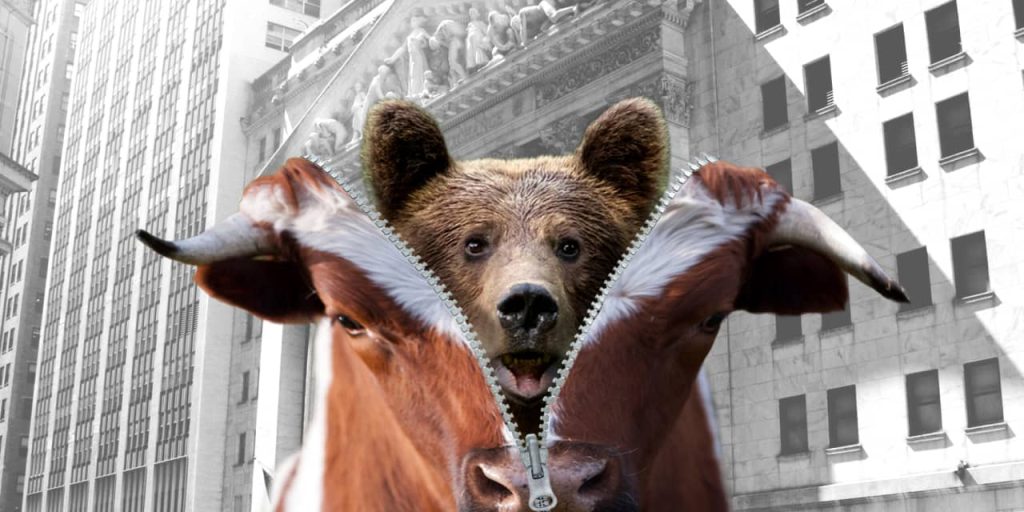“One day does not a major uptrend make.”
Bullish stock investors should temper the enthusiasm with which they greeted the stock market’s explosive rally in the wake of this month’s better-than-expected report on inflation.
That’s because huge rallies are more likely to occur during bear markets rather than in major uptrends.
Consider the Nasdaq Composite
COMP
since its inception in 1971. Since then, according to a calendar of bull and bear markets maintained by Ned Davis Research, just under one quarter of all trading sessions — 24.5%, to be exact — have occurred during bear markets. If huge one-day spikes occurred randomly across the calendar, you’d therefore expect that just one quarter of them would occur during bear markets.
That is not the case, as you can see from the accompanying chart. Take the 25 trading sessions since 1971 in which the Nasdaq Composite had its biggest one-day gains. Of them, 20 — or 80% — occurred during bear markets, more than three times the proportion you’d expect on the assumption of randomness. A similar pattern emerges when we expand our focus to the 100 trading sessions with the biggest gains: 60% of them occurred during bear markets.
The same general pattern also exists in the S&P 500
SPX
back to 1928 and the Dow Jones Industrial Average
DJIA
back to its creation in the late 1800s.
There are three reasons why this otherwise surprising pattern actually makes sense:
- Sentiment: Bear markets thrive on an eagerness to believe a new bull market has begun. So when investors are given even a small reason for hope, they en masse jump back on the bullish bandwagon. Bear markets typically don’t end until investors throw in the towel, swearing off equities altogether. Investors’ behavior in the wake of this month’s inflation report is typical of the “slope of hope” that bear markets like to descend.
- Volatility. Bear markets are more volatile than bull markets. For example, the biggest one-day plunges are also concentrated in bear markets, just like the biggest one-day rallies. Of the Nasdaq Composite’s 25 largest daily declines since 1971, for example, 84% occurred during bear markets — quite similar to the 80% of the biggest one-day spikes that have done so. As newsletter editor Jon Markman put it several years ago when contrasting bull market psychology from bear market volatility, “during bull markets stocks tend to rise at a leisurely and thoughtful pace, like an 80-year-old couple out for a walk in the Florida sunshine.”
- Compensation for risk. This factor is related to the previous one: In order to compensate investors for bear markets’ additional volatility, the stock market must offer a greater expected return. And to do that, it must first drop to whatever lower levels represent that greater upside potential. So it makes sense that bear markets and periods of high volatility occur simultaneously.
The bottom line? Don’t get carried away. One day does not a major uptrend make, even one as impressive as the rally in the wake of this month’s inflation report.
Mark Hulbert is a regular contributor to MarketWatch. His Hulbert Ratings tracks investment newsletters that pay a flat fee to be audited. He can be reached at [email protected]
More: S&P 500 close to exiting correction territory as JPMorgan warns risk-reward in stocks appears ‘unattractive’
Also read: Options traders are piling into bullish bets on small-cap stocks at a record pace
Read the full article here
